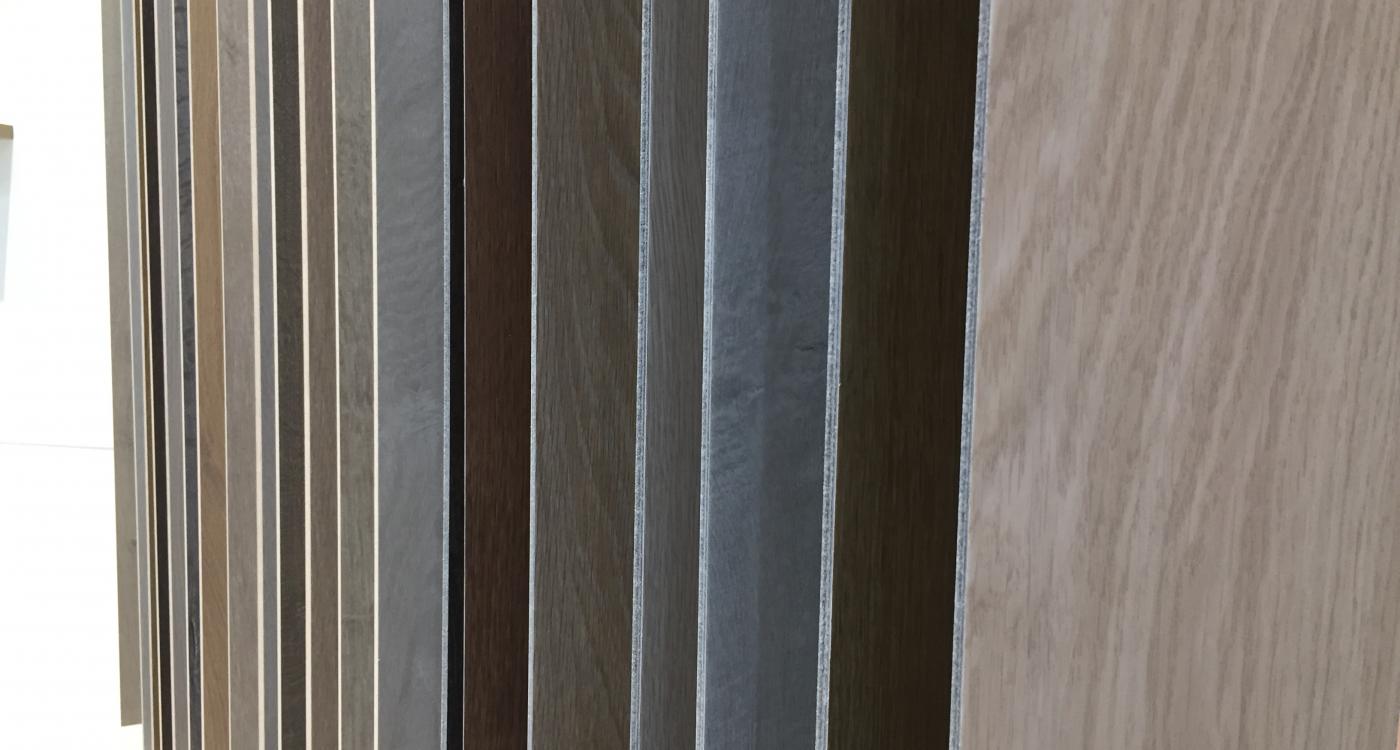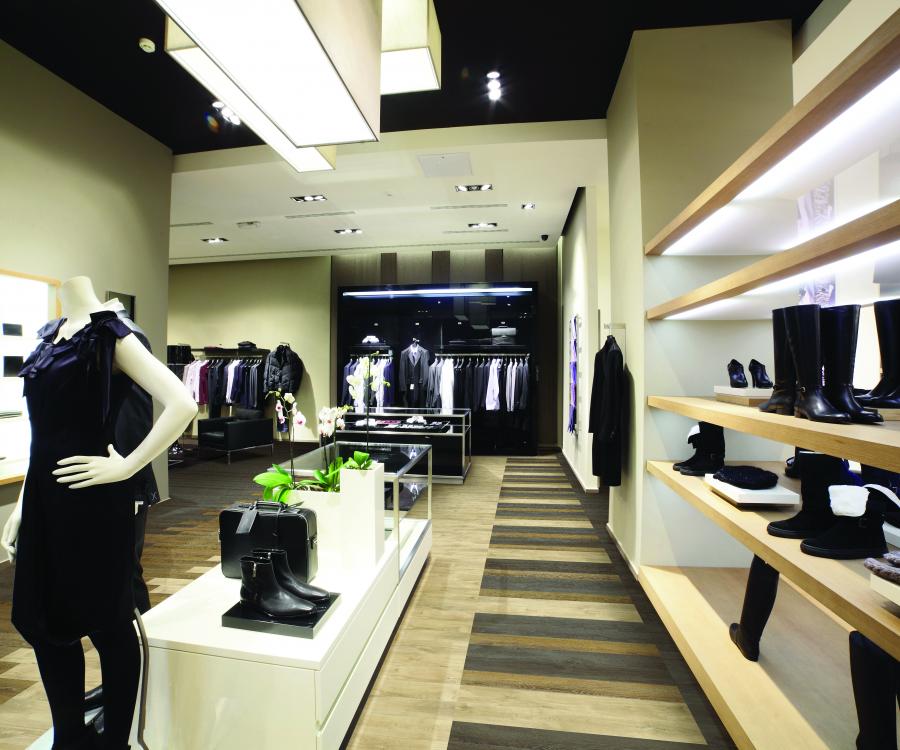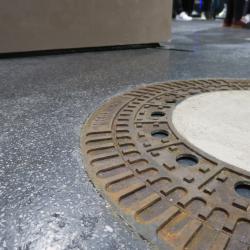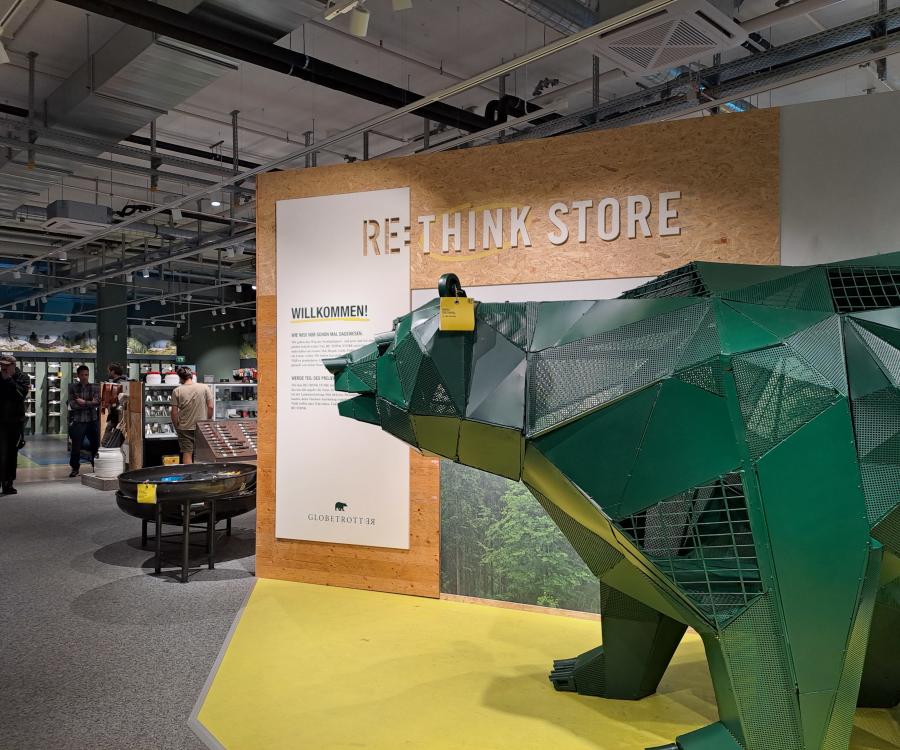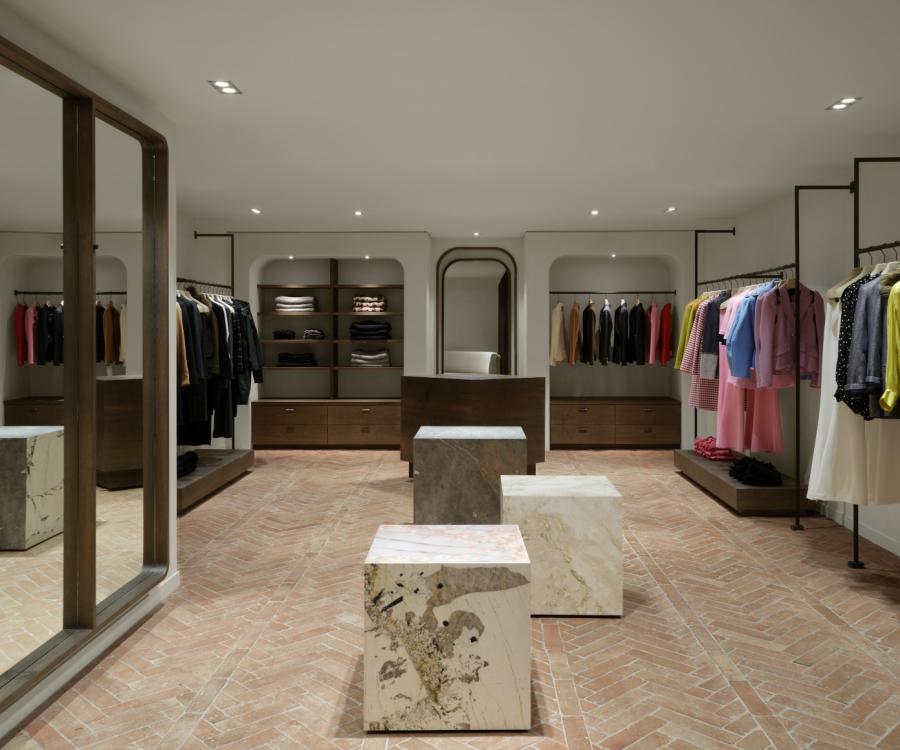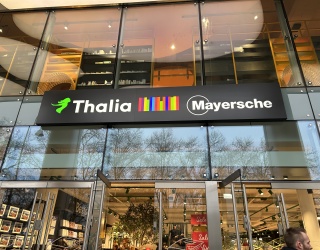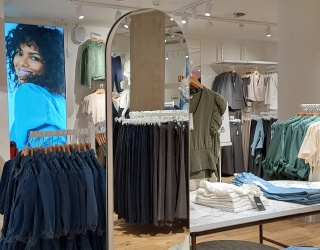The secret is out: The iXtenso editorial team loves flooring. After years of putting up with old carpet, our office hallway has now turned into a real eye-catcher.
This made us wonder: Apart from a modern and customized design, what other aspects do brick-and-mortar retailers need out of their flooring solutions? We took a closer look at EuroShop 2020 and highlight the latest trends.
Durability doesn’t preclude design
The most important demand set on flooring for retail spaces: it must be durable and scratch-resistant. That’s because – depending on the size of the store – commercial flooring is walked on by thousands of customers each day. Flooring must, therefore, be durable enough to withstand any high heel, dirt, shopping carts or baby strollers.
This makes hardwood options such as oak, ash or beech a popular choice. However, heavy amounts of foot traffic or constant movement of objects amount to countless assaults on the wood surfaces. This is why the Belgian company Pergo relies on a unique protective layer for superior scratch, water, and dirt resistance.
Steven Meeremans, Marketing Manager at Pergo, knows that the secret lies in the so-called overlay: “The surface of our floors is protected by a special triple-layer sealant. Durability is ensured by an aluminum oxide finish. The unique blend of material and technology enhances the look of any design.”
In fact, several real-life durability tests in Copenhagen’s Central Station have shown that Pergo floors are virtually indestructible thanks to the sealant.
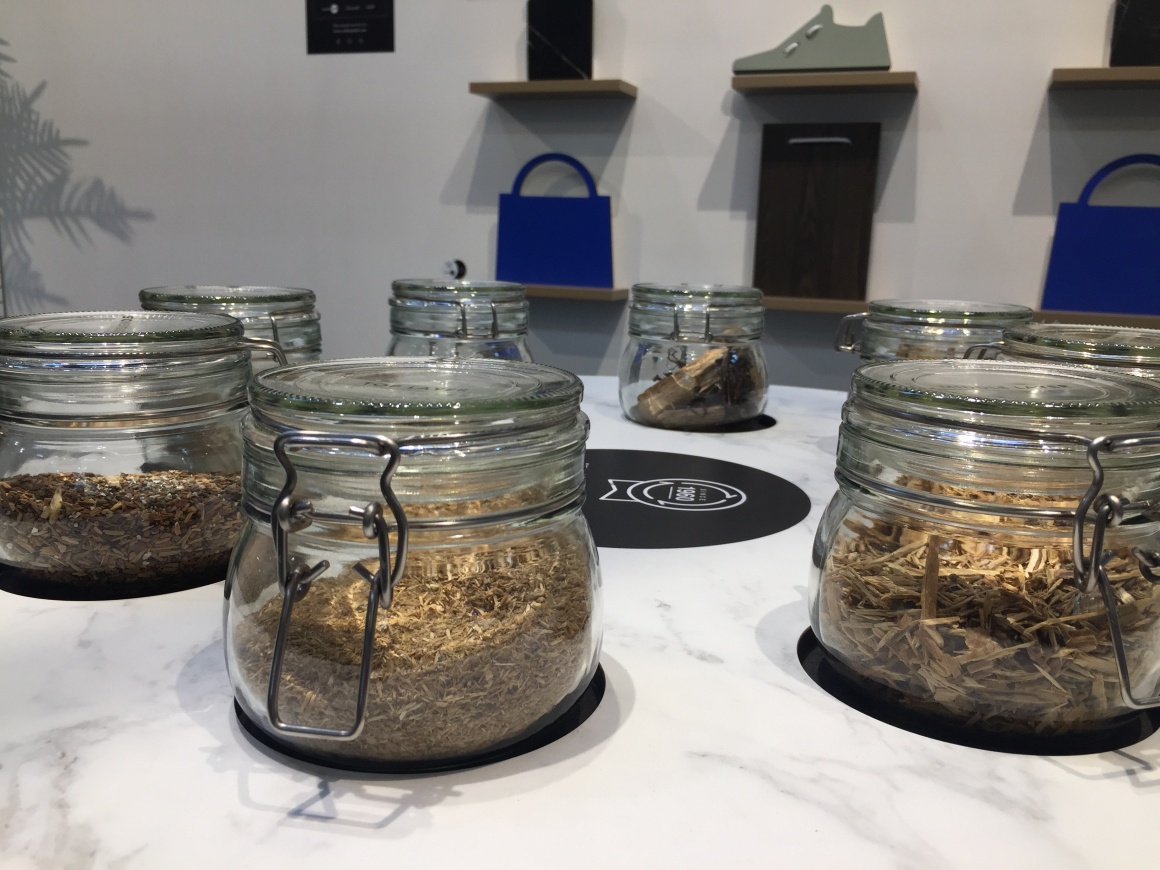
Sustainability: Nothing is discarded
Durability and life expectancy are not the only concerns of retailers. Today’s flooring options must also be made from sustainable sources. That’s why the Unilin Company uses 100 percent circular wood in the production of its HDF panels - an essential component of hardwood floors or laminate. Project consultant Alexander Callaghan explains: “Today 85 percent of our chipboard is recycled wood. Our deliberate strategy is that wood should be recycled wherever possible. In doing so, we reduce CO2 emissions and the need to cut down more trees.”
The company uses a sophisticated sorting and cleaning process to give more than a million tons of wood each year a new lease on life - wood that would otherwise be incinerated. Yet in this case, sustainability applies to more than just using recycled materials: "We also convert wood dust and wood chips into energy for our production process," says Callaghan.
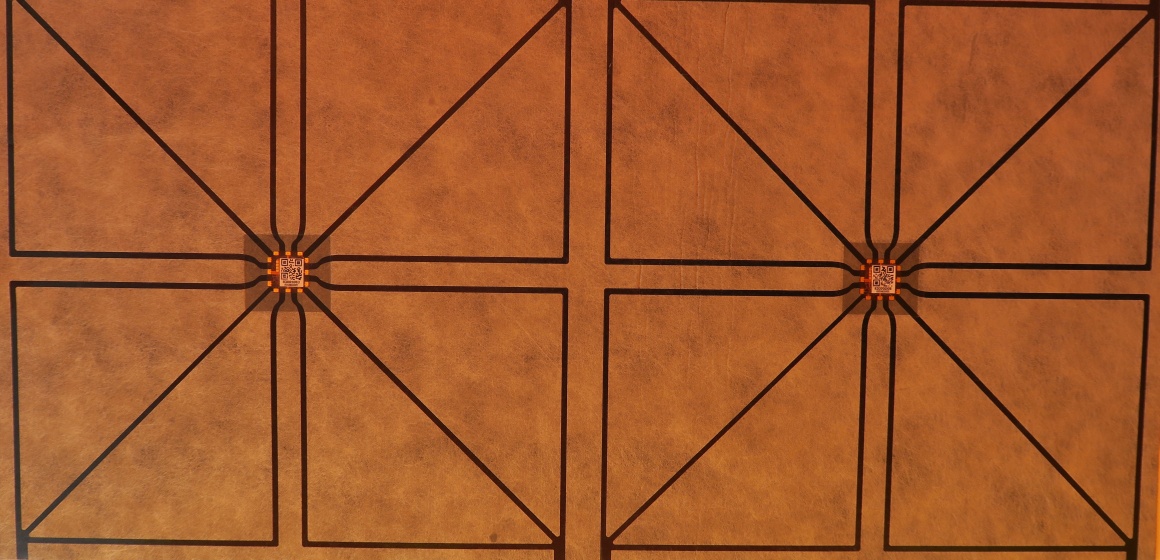
When flooring becomes smart
Flooring doesn’t just have to be durable and sustainable, it can also track the movement of customers inside stores. The Future Shape Company now offers smart flooring for retail environments. The system’s underlay can be installed beneath any kind of flooring. A layer of sensors measures electric field changes and transmits the data to a computer system via an integrated chip. Dr. Axel Steinhage, CTO at Future Shape, explains: “Retailers can track customers by using smart sensors to analyze dwell time, to study how quickly guests move through the store and to identify potentially ‘dead spots’ of the store. The collected data is used to create a heat map to identify movement patterns and analyze activities.”
According to Steinhage, retailers primarily use this technology in flagship stores to later translate the obtained information into other stores to ensure shelf space optimization or to improve their advertising and marketing campaigns.
So to sum up: Flooring in retail spaces must not just look good. It also needs to be durable, sustainable and functional. The next challenge will be to combine these three features into one product.

